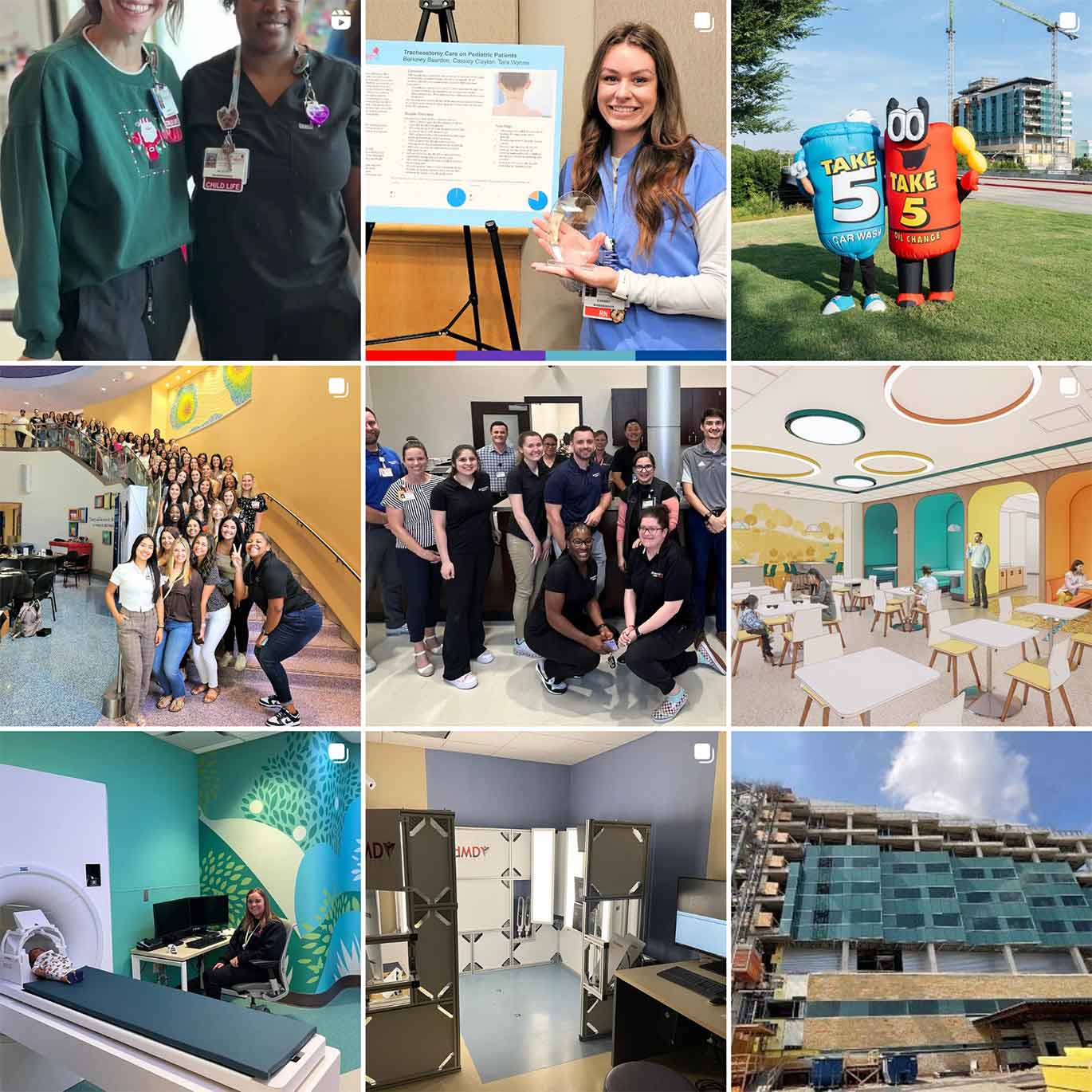Meeting health care needs
Our region is growing rapidly, and so is the need for high-quality pediatric care. Demand for health care in Dallas-Fort Worth continues to increase with the population growth consistently outpacing the national average. It is estimated by 2028, we will have a population of 8.5 million people. The current North Texas pediatric population of 2.5 million is expected to double by 2050.
Together with our partners at UT Southwestern Medical Center, we will build a new Dallas hospital campus that will be one of the largest and most transformative pediatric hospitals in the nation, allowing us to grow together with North Texas.
The new Dallas campus will have two 12-story towers and an eight-story tower with 552 inpatient beds, including the largest Neonatal Intensive Care Unit (NICU) in Dallas and a Level 1 trauma center with 90 emergency department exam pods and 24 observation rooms. The new campus will accommodate emerging technology, allow for deeper collaboration, enhance patient care amenities, and create a better working environment to recruit and retain the nation’s best researchers, physicians, nurses and staff.
It will add a comprehensive Fetal Care Center that will jointly leverage the expertise of Children’s Health and UT Southwestern to develop the most capable and accessible center for complex maternal and fetal health care services in the region. With the addition of Fetal Surgery capabilities at Clements University Hospital, babies will have immediate access to the pediatric expertise of the Children’s Health Level IV NICU and Cardiovascular Intensive Care Unit (CVICU) by way of a connector bridge to the new campus.
This project will be our most significant investment to date and will be transformative for pediatric health care, ensuring we are ready to meet the unique and most complex needs of the nation’s pediatric population for decades to come.
Frequently asked questions
Why is a new pediatric campus needed?
Demand for pediatric health care continues to increase with the population growth in North Texas. The pediatric population in the Dallas-Fort Worth region is almost 2.5 million, expected to double by 2050.
Our current hospital has served us well since 1967, however, this new pediatric campus will provide the infrastructure needed for innovation and strategic collaborations between Children’s Health and UT Southwestern to transform pediatric medical and surgical health care delivery. It will further our ability to pioneer innovative, academic research and lifesaving technology and treatments to care for the region’s, and the nation’s, most complex pediatric patients. Children’s Medical Center Dallas has experienced a significant increase in overall acuity of its patients in the past three years, a trend that is expected to continue and accelerate throughout the next decade.
By how much will this new campus increase capacity?
The new campus will have two 12-story towers and an eight-story tower with 552 beds with room for future expansion. It expands the Emergency Department capacity by 15%, which is key because Children’s Medical Center Dallas has one of the busiest pediatric emergency departments in the country. It also increases the number of operating rooms by 22%. In addition, the campus will include a new outpatient clinic facility adjacent to the hospital that will add 96 exam rooms to the 344 that will continue to operate at the existing Children’s Health Specialty Center Dallas outpatient clinic building nearby.
Campus design
Where will the new campus be located?
The new campus will be built on the site of the former Paul M. Bass Administrative and Clinical Center, across the street from UT Southwestern’s William P. Clements Jr. University Hospital in Dallas’ Southwestern Medical District.
How large will the new campus be?
The campus will include 4.5 million square feet of construction, including a nearly 2 million-square-foot hospital. The multi-tower facility on 33.7 acres will have 552 beds, including the largest Neonatal Intensive Care Unit (NICU) in Dallas, and a Level I trauma center with 90 Emergency Department rooms and 24 observation rooms.
How was this site selected?
This site was selected because of its proximity to William P. Clements Jr. University at UT Southwestern, to greater facilitate teaching opportunities, fostering extensive opportunities for scientific, clinical and educational collaborations. Additionally, we sought a location that enables us to keep a hospital centrally located in Dallas to support the population growth that North Texas is experiencing. This ensures our continued role as a pivotal hub for all pediatric health care needs in the region’s surrounding communities.
What environmental/green efforts are being implemented in the new campus?
The project is expected to be at least or exceed gold Leadership in Energy and Environmental Design (LEED) green building standards and include a microgrid to ensure the hospital is protected from outages.
Timeline
What are the construction phases? When will the new campus be completed?
We anticipate beginning construction on the new campus in the second quarter of 2024, with construction completed in the next six to seven years, potentially opening the new campus in 2031.
Enhancing care
What will this campus offer?
The new Dallas campus will accommodate emerging technology, allow for deeper collaboration, enhance patient care amenities and create a better working environment to recruit and retain the nation’s best researchers, physicians, nurses and staff. The new multi-tower facility will have 552 beds, including the largest Neonatal Intensive Care Unit (NICU) in Dallas, and a Level I trauma center with 90 emergency department pods and 24 observation rooms. The campus will be comprised of several facilities that support the broad spectrum of health care services and research into new treatments necessary to support children from before birth until they mature into adulthood.
The new facility is uniquely positioned through its proximity and connectivity to UT Southwestern’s William P. Clements Jr. University Hospital to deepen maternal and child services. It adds a comprehensive Fetal Care Center that will jointly leverage the expertise of Children’s Health and UT Southwestern to develop the most capable and accessible center for complex maternal and fetal health care services in the region. With the addition of Fetal Surgery capabilities at Clements University Hospital, babies will have immediate access to the pediatric expertise of the Children’s Health Level IV NICU and Cardiovascular Intensive Care Unit (CVICU) by way of a connector bridge to the new campus.
Will the construction impact patients’ ability to receive care?
No. Building a new facility allows operations at the current Children’s Medical Center Dallas to continue during construction without any short-term decreases in capacity or disruptions from construction.
Will medical costs increase with this new facility?
We strive to ensure our services are fairly priced and affordable for the families we serve, and we do not anticipate price increases as a direct result of our future expansion efforts.
We will continue to work toward sustainable, responsible growth as we always have. Building this new Dallas campus supports greater operational flexibility to meet demand and ultimately lower the total cost of care.
Will all health care providers and team members move to the new facility? If so, when?
We are currently in the early stages of planning, and construction is scheduled to begin in the second quarter of 2024 with a projected completion date of 2031. As we progress toward the conclusion of the construction phase, we will communicate a comprehensive strategy and timeline to all teams on roles and specialties that will transition to the new campus and those that will remain in existing facilities.
Our existing facilities
Will Children’s Health pause current renovations at the existing campus?
We will continue critical renovations at Children’s Medical Center Dallas to ensure we maintain our ability to serve North Texas families today and over the next decade. These investments will help us bridge an important time as we build this new hospital, carrying us from one campus to the next throughout the next six to seven years.
What will happen to the current Dallas hospital?
The site for the new pediatric campus was selected to minimize any disruptions to access care in the existing facility. The current Dallas campus remains critical to our ability to serve the growing North Texas population as we build this new hospital campus throughout the next six to seven years. Plans for the existing site are still being determined and we will make a final decision closer to the new campus opening.
Will you be operating two hospital campuses in Dallas?
Upon completion, the new pediatric campus will serve as the replacement for Children’s Medical Center Dallas. We are actively exploring options for the existing hospital, considering potential configurations such as ambulatory and specialized services. A final decision regarding the current hospital’s future use will be deferred until closer to the completion of the new facility.
Financing
The total cost of the new pediatric campus is $5 billion. This investment encompasses various aspects of the project, including construction, state-of-the-art medical facilities, leading-edge technology, research infrastructure and other essential components. We are dedicated to creating a world-class health care environment that prioritizes the well-being of our community, and this financial commitment reflects our commitment to delivering excellence in pediatric care. No, there are no public bonds or taxpayer funds.
As one of the most significant investments made by Children’s Health and UT Southwestern, the new facility will be jointly funded using a mix of operating income, liquidity reserves, debt issuance and donations. North Texans are incredibly generous, and we look forward to working with members of the community to make this project a reality. Children’s Health and UT Southwestern do not receive any reimbursement from the county, state or UT System for clinical facilities or operations. This is a stretch project for both of our institutions – we cannot do this without community support.
Community and economic impact
What are some of the benefits to the community?
The new Dallas campus will serve as the most comprehensive hub for all pediatric health care needs across the region, ensuring families never have to leave North Texas to receive the health care their child needs.
This joint investment will be transformative for pediatric health care and will ensure we are ready to meet the unique and wide-ranging needs of North Texas’ future pediatric population for decades to come.
For more than a century, Children’s Health has served the children of the North Texas community as it has grown into one of the largest metropolitan areas in the nation. Our commitment to the region remains steadfast, and it is vital we continue to grow with this thriving community and our hospital remains in the center of Dallas’ Southwestern Medical District.
What will be the economic benefits?
While a comprehensive analysis of economic benefits, including job creation, is underway, it’s noteworthy that Children’s Health currently generates over $3.3 billion in economic activity for the DFW region. The new pediatric campus will attract top-tier researchers, clinicians, and caregivers and serve as a beacon, enhancing Dallas’s reputation as a research and medical hub. Moreover, being the home of a world-class children’s hospital will draw individuals and companies considering relocation, contributing further to the vibrancy and growth of our community.
We believe the strength of a community can be measured by how well it cares for its youngest and most vulnerable residents, and we have worked to advance these efforts for more than 110 years. As the leading pediatric health care system in North Texas, we believe that every child deserves not only a healthy childhood, but the opportunity to thrive.
In 2022, we provided $28.2 million in charity care* (*retail value of charity care)
In 2022, we provided $322.4 million in community benefits
Two-thirds of the children we serve are enrolled in Medicaid or CHIP
In 2022, UTSW total uncompensated care provided by faculty equaled $152 million
How will community input be gathered?
Community engagement sessions are planned as we progress with robust project visioning and design sessions involving hospital stakeholders. These efforts ensure that our project is designed with a diverse community in mind, reflecting our commitment to inclusivity. More than 80% of the opportunities generated by the project are assigned to Dallas/Fort Worth-based businesses, further strengthening our ties with the local community.
Consulting and construction vendors
How were the vendors chosen?
Following a thorough Request for Proposal (RFP) process, we selected HKS/Perkins&Will, who recently worked on projects such as UT Southwestern RedBird, UT Southwestern Frisco and the expansion of Children’s Medical Center Plano, to serve as our primary design and architecture firm. Furthermore, we have enlisted the expertise of McCarthy Vaughn Partnership (MVP) to serve as our construction manager.
How are Historically Underutilized Businesses and Minority/Women-owned Business Enterprises involved?
We are deeply committed to fostering inclusivity and reflecting the diversity of the communities we serve in the design and construction of our new pediatric hospital. Our strategy for Historically Underutilized Business (HUB) and Minority- and Women-Owned Business Enterprises (M/WBE) participation goes beyond mere compliance with state requirements; it is a fundamental aspect of our project ethos.
Our approach involves setting ambitious HUB/M/WBE participation goals that surpass state mandates. Our construction partners are poised to achieve over 20% representation, while our design firms have already attained an impressive 60%. This diversity extends across various ethnicities, including black, Asian American and Hispanic businesses.
Community engagement sessions are planned to ensure that our project is designed with a diverse community in mind, reflecting our commitment to inclusivity. Importantly, more than 80% of the opportunities generated by the project are assigned to Dallas/Fort Worth-based businesses, further strengthening our ties with the local community.




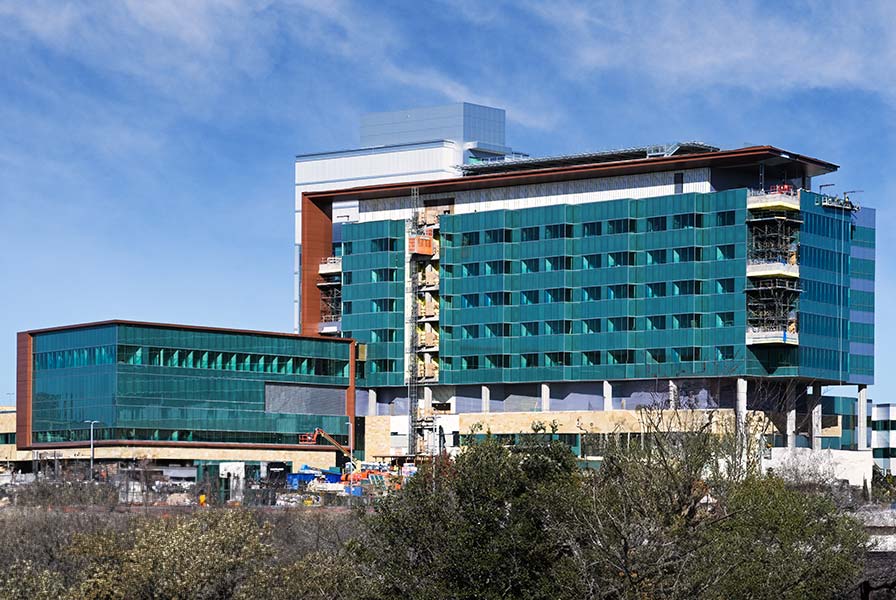
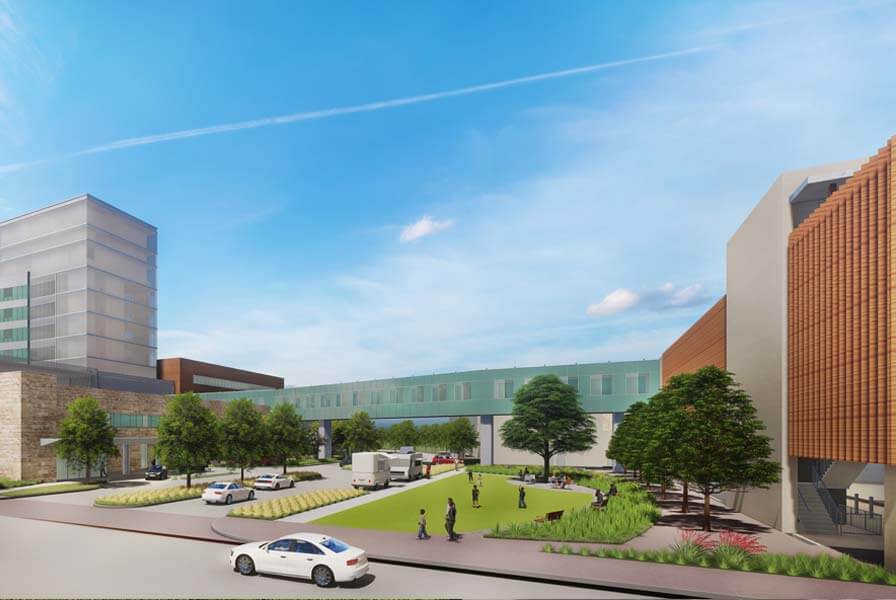
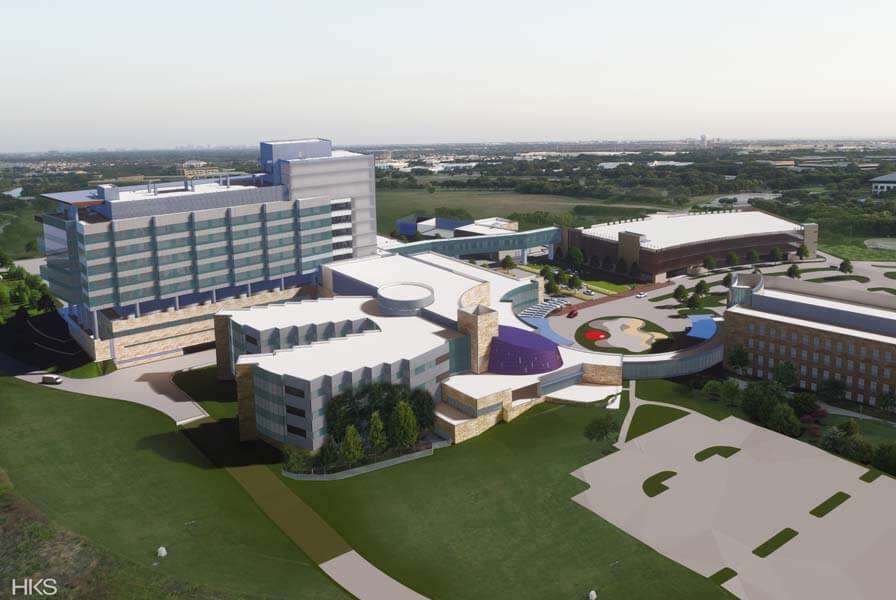

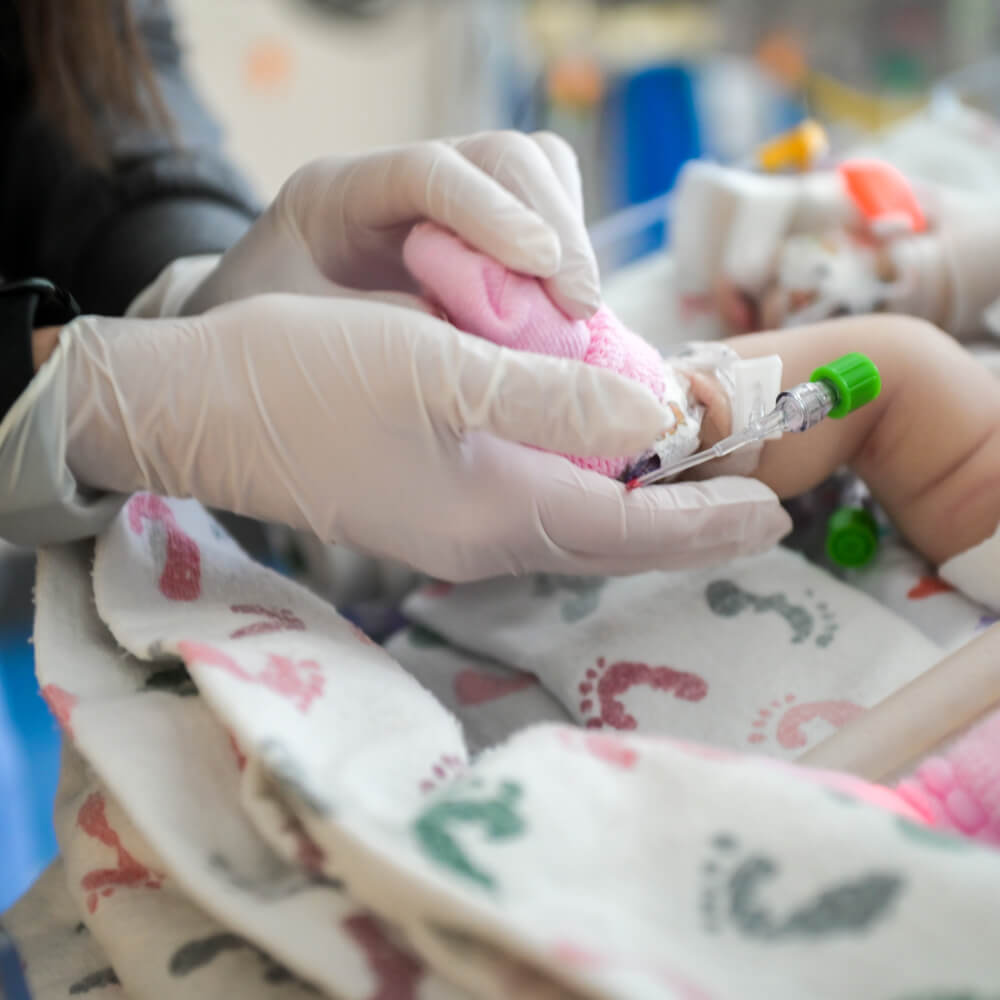
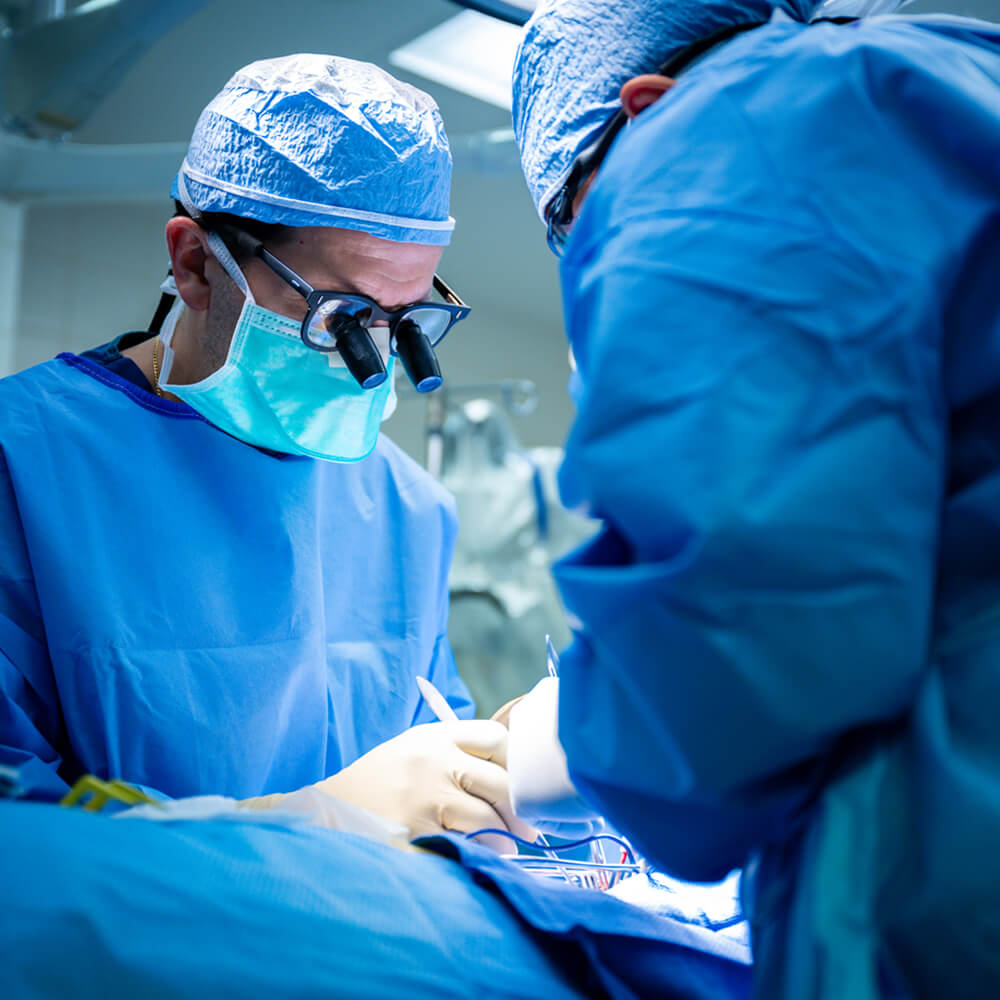

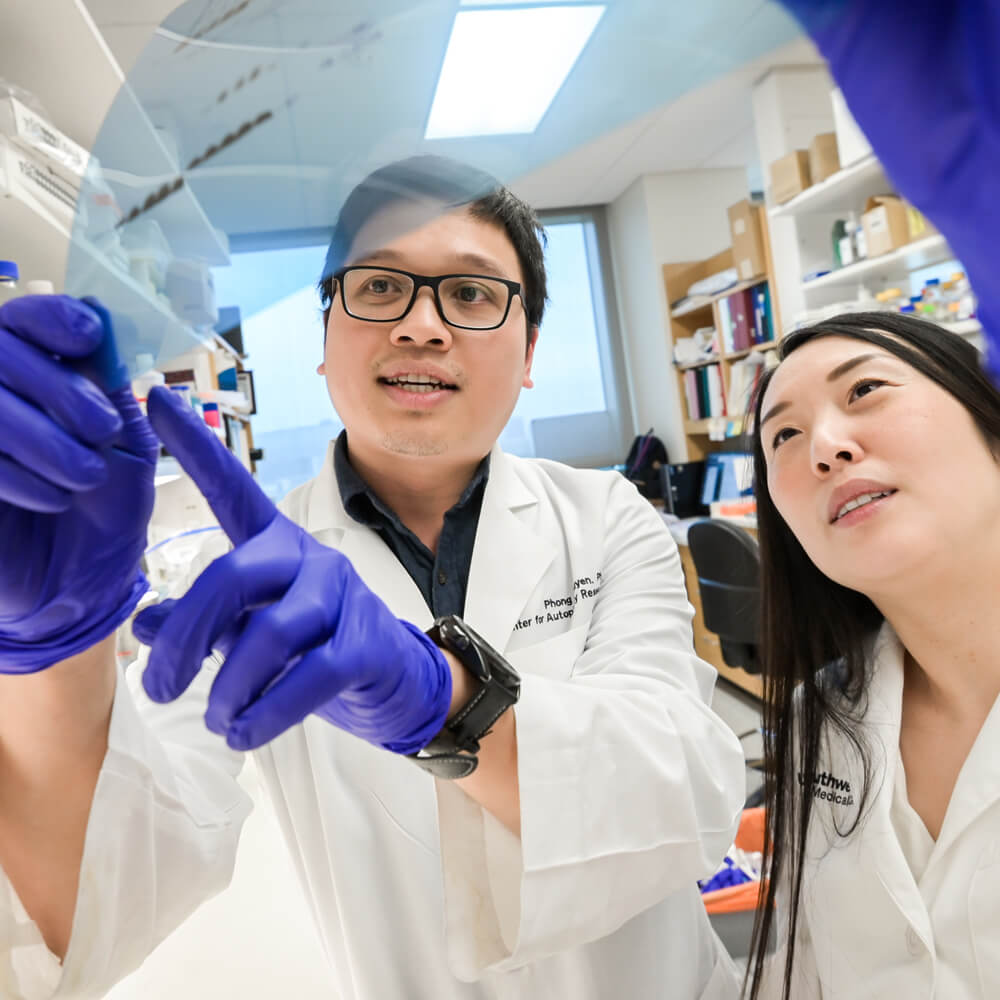
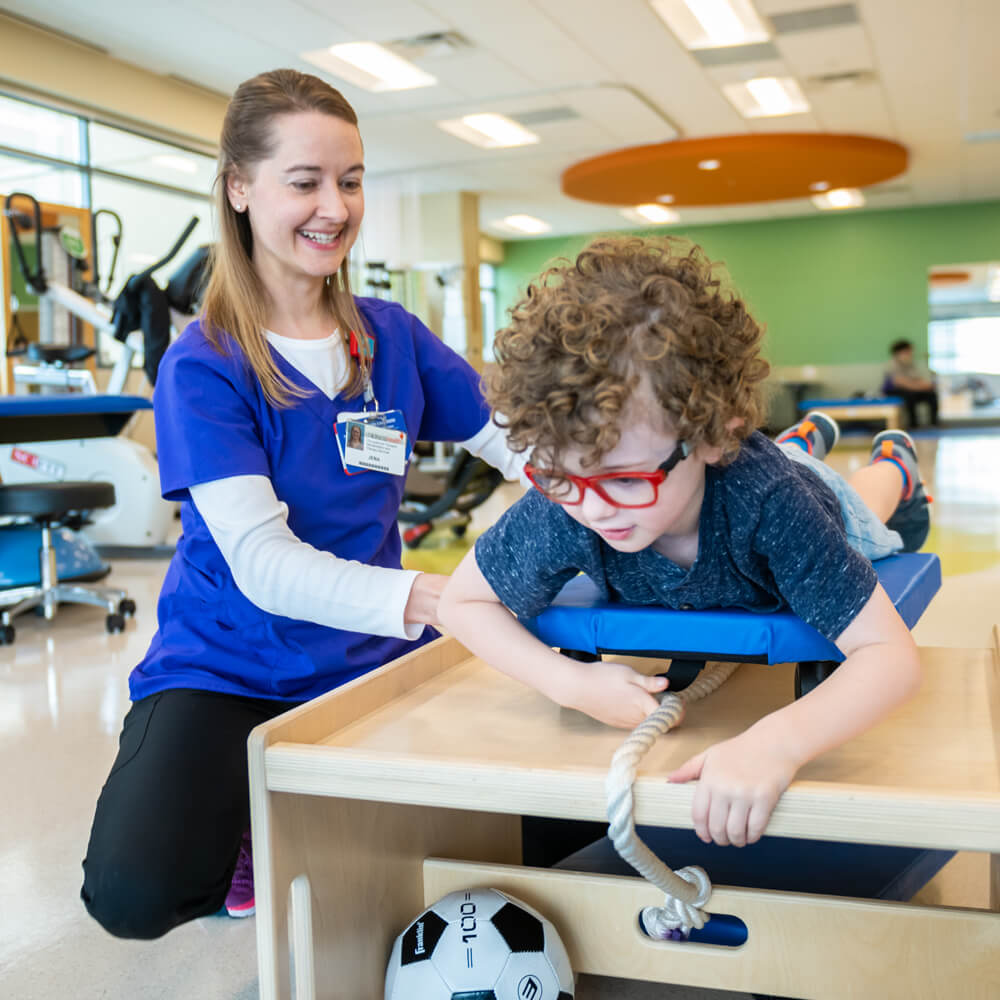
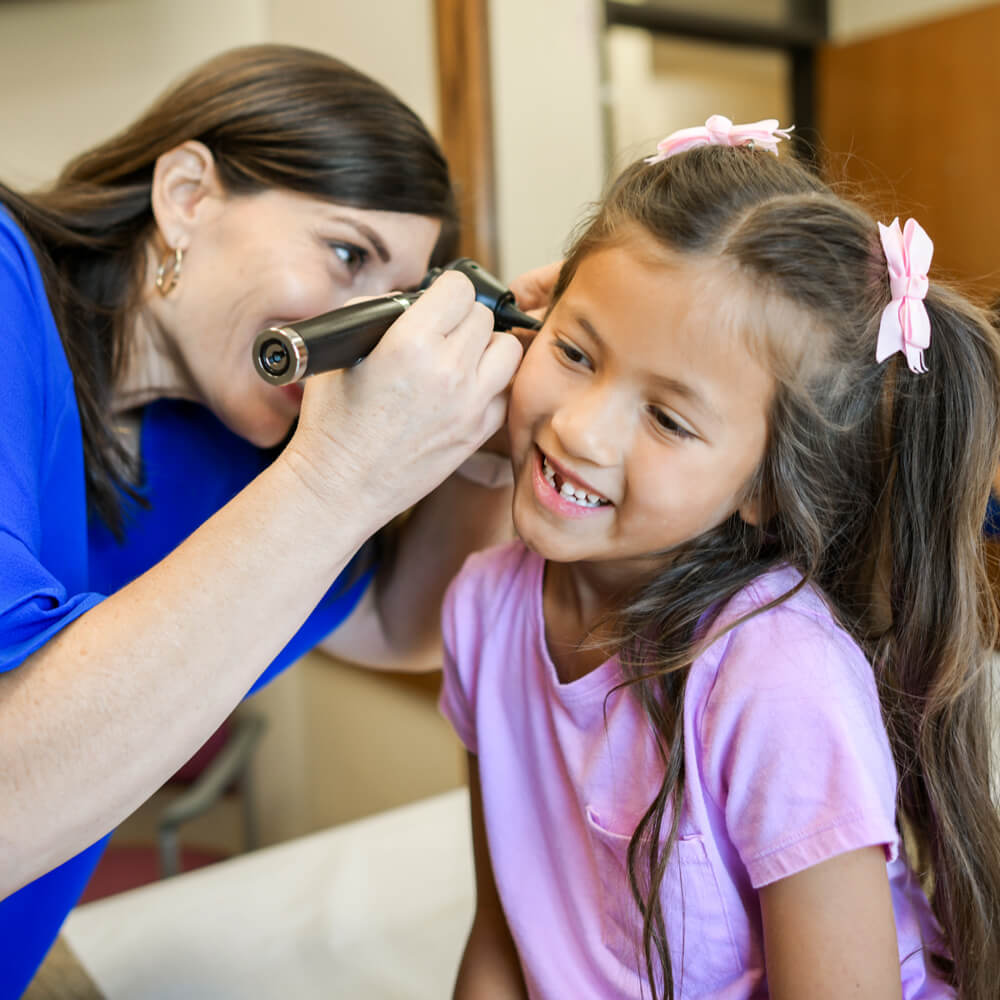


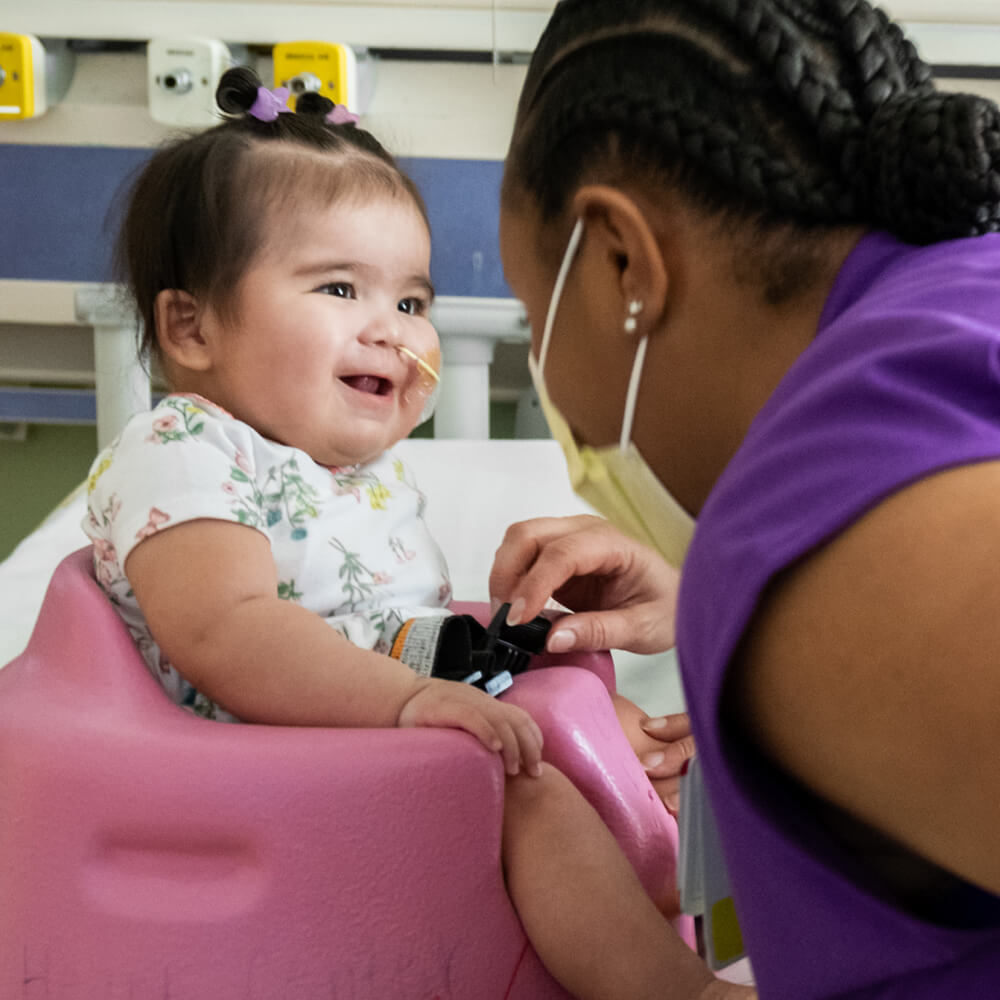
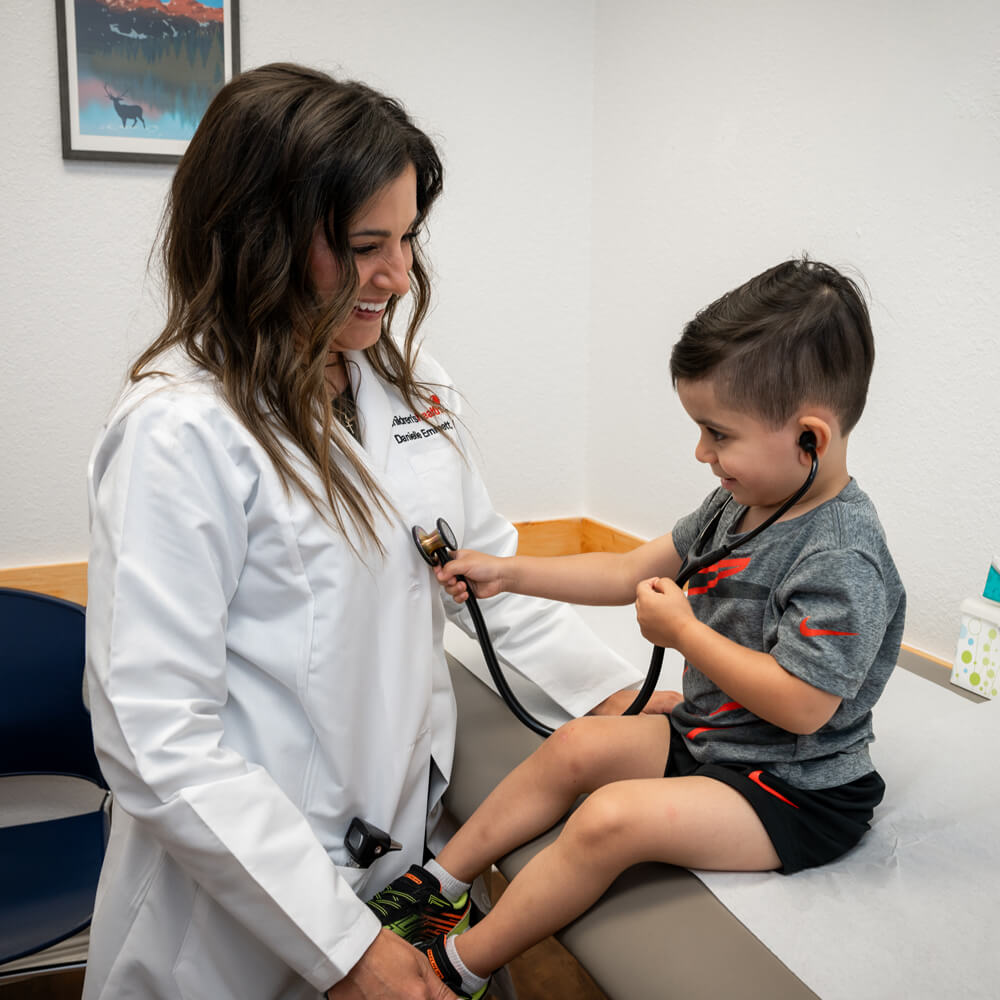
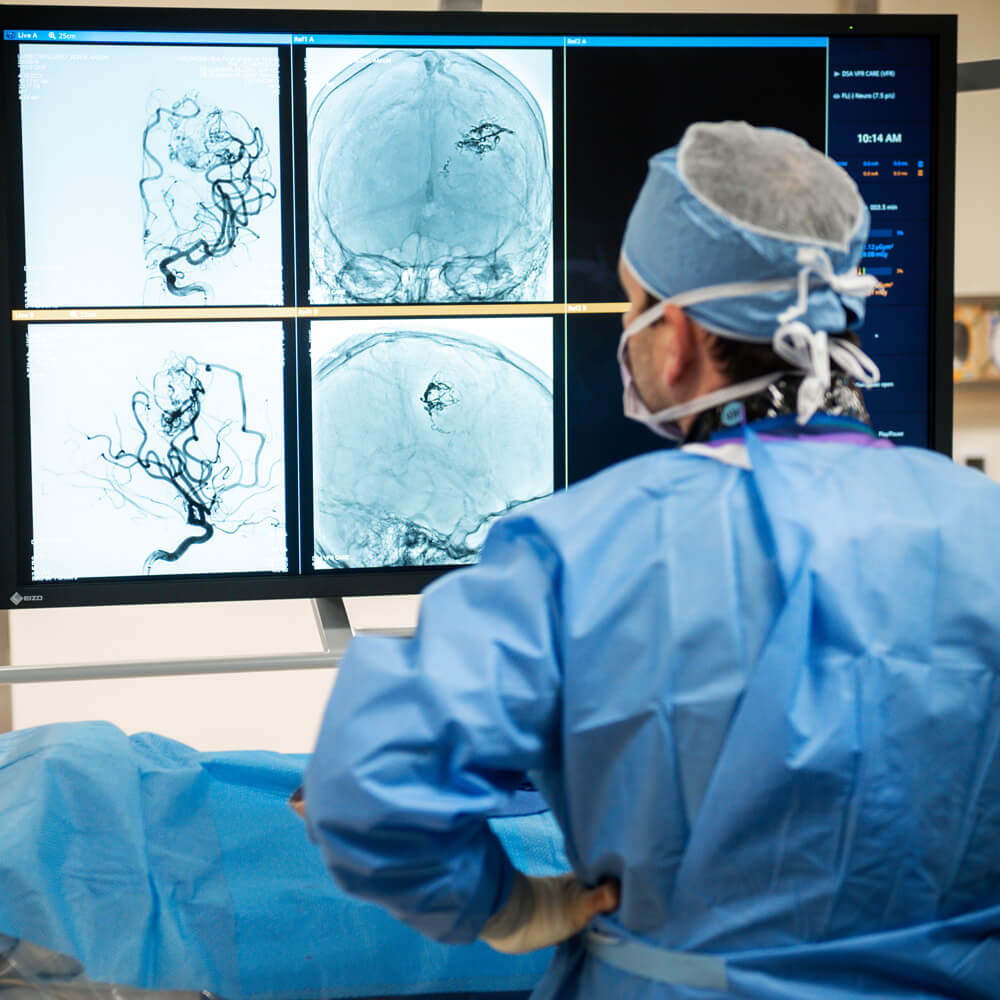
 Oct
1
Oct
1
 May
15
May
15
 Feb
7
Feb
7
